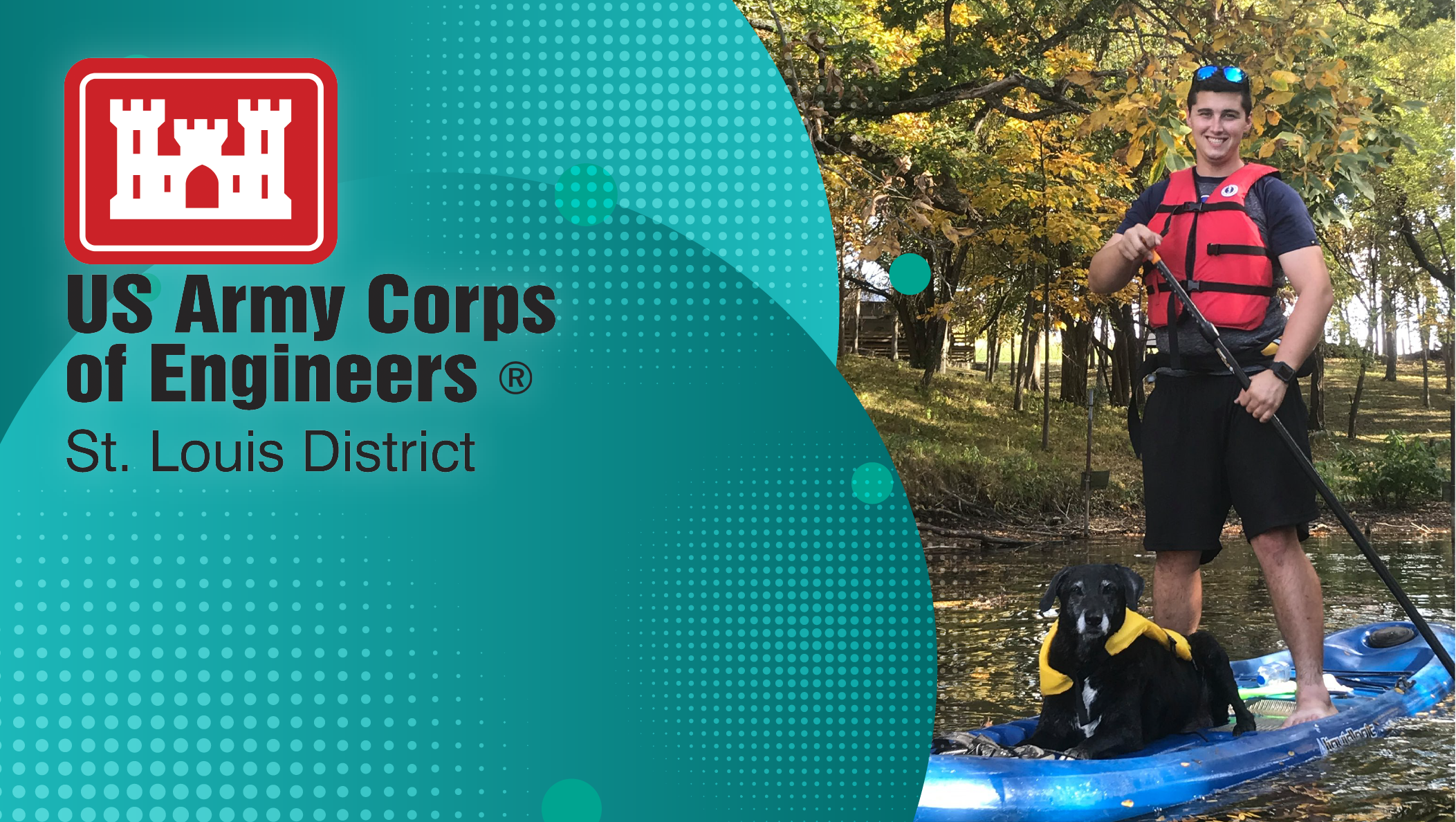
It is estimated that two thirds of drowning victims are poor or non-swimmers. Nationwide statistics, taken from lakes and rivers managed by the U.S. Army Corps of Engineers, show that 39 percent of aquatic fatalities involve victims that are between the youthful ages of 18 to 35 years old. Knowing what to take with you, what to expect before you go, and wearing a lifejacket can save your life.
Power of swim lessons
Swimming is a life skill. It not only improves overall health and fitness but reduces stress levels and is a fun recreational activity. Swimming in a lake or river is different from swimming in a pool. More skills and energy are required for natural water environments because of cold water, air temperatures, currents, waves, and other conditions—and these conditions can change due to weather. The use of a properly fitting brightly colored life jacket is strongly encouraged.
Expect the unexpected
Always be aware of your surroundings and have a backup plan. Swimming with a buddy that is vigilant is the best, but for those who chose to go solo, filing a float plan will let people know where you went and when you plan to return. Have appropriate equipment, such as reaching or throwing equipment, a cell phone, life jacket, and a first aid kit. It is best to always swim in a designated area.
Hidden dangers beneath the surface
At a river or lake, you will not find clear water. These projects are built using dams that cause strong undertow and currents. Keep children under constant active supervision and always be actively engaged. Ensure that inexperienced swimmers stay within arm’s reach.
Frigid water chills and kills
Hypothermia can occur in any water temperature below 70°F. Water temperature measurements can be found by contacting a local marina or project office. Carrying a signaling device such as a whistle, strobe, or flare can be used as a distress signal. Always wear a life jacket or consider options such as a dry suit, wet suit, immersion suit, or float suit.
Conclusion
As the nation’s largest provider of water-based recreation, the U.S. Army Corps of Engineers is dedicated to making sure public lands and waters are safe places to enjoy America’s great outdoors. The Corps’ provides water safety tips and features our own water safety mascot from the National Operations Center for Water Safety to ensure that your next trip a lake or river project is a safe one.
Written by the US Army Corps of Engineers St. Louis District.